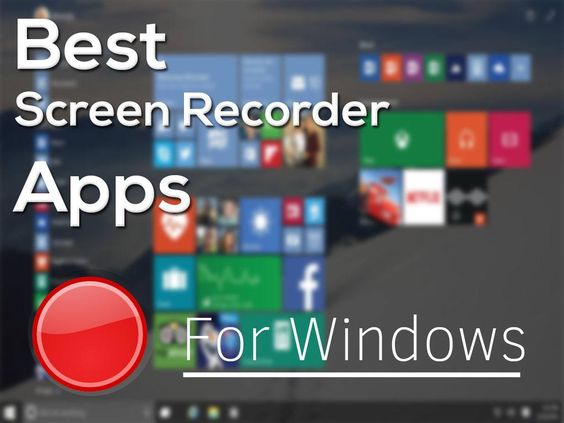5 best games for visually impaired players
Last Updated on May 30, 2024 by Jhonni Jets
Gaming is a popular pastime for people of all abilities. However, as a visually impaired individual, finding accessible games that are usable and enjoyable can be challenging. Many mainstream games rely heavily on visual graphics and cues which can make them difficult or impossible for those with visual impairments to play. Fortunately, there is a growing selection of games that have been designed with low or no vision players in mind. These games emphasize audio, touch, and other sensory inputs to provide an immersive gaming experience for visually impaired audiences. In this article, we will explore 5 of the best games currently available that are accessible and designed for low vision and blind gamers. The selected titles offer a variety of genres and play styles to suit different interests and abilities.
AudiOdyssey
Table of Content
AudiOdyssey is an audio-based adventure game developed by Anthropic specifically for blind and low vision users. Players explore a colorful fantasy world and go on quests using only audio cues. Environments, objects, characters and interactions are cleverly described using sound effects, positional audio and speech to enable players to visualize the game world without visuals. Players can move between locations, pick up and use virtual items, chat with NPCs and engage in combat entirely by listening. The game provides an example of how creative audio design can replace graphics to create an immersive gaming experience for those unable to play visually. With its interactive storytelling and puzzles, AudiOdyssey demonstrates that visual impairment need not be a barrier to enjoying role-playing adventure games.
Beep Baseball (Online)

Beep baseball is a form of baseball designed for players who are blind or visually impaired. Called beep baseball due to the use of a beeping baseball, it is played with many of the same rules as mainstream baseball, with some key modifications to accommodate visual disabilities. For instance, bases emit different sounds to help runners locate them, and the ball contains a built-in beeping device to allow players to track its location through sound. Players use the sound of the beeping ball to judge trajectory and time their swings. The pitcher throws from a mound and bases are arranged as in regular baseball. Beep baseball is a great option for those wanting to experience the sport and team dynamics of baseball without reliance on vision. Leagues exist worldwide and the sport is even played at the Paralympic level. Beep baseball offers a challenging, inclusive way for visually impaired individuals to enjoy America’s favorite pastime.
AudioTact
AudioTact is an innovative audio-based board game that enables blind and low vision people to enjoy games like Chess and Checkers. Using an iPad application connected to a physical board outfitted with raised geometry and vibration motors, AudioTact translates the position and movement of game pieces into corresponding audio, haptic and speech feedback for players. As pieces are moved around the board, their location and the allowed moves are clearly described through audio. Players learn board positions and make their moves by touch. The board vibrates when interaction is possible with a certain piece and audio provides details of the game state. Multiplayer is supported over a network, so visually impaired people can compete against sighted opponents on equal terms. AudioTact demonstrates how accessible gaming can both level the playing field and strengthen social connections across different abilities. It proves that with the right design adaptations, almost any game can be made playable through non-visual means.
Blind Worm
Blind worm, is a clever puzzle game designed from the ground up for blind and visually impaired gamers. Players control a character called a “wurm” who navigates mazes using only touch and audio cues. Environments consist of raised blocks that can be “felt” and obstacles are indicated by unique sounds. The goal is to guide the wurm from the start to end of the maze, collecting power-ups along the way, while avoiding traps. Levels get increasingly complex, requiring careful exploration using only senses of touch and hearing. Subtle audio cues help with orientation and planning routes through the spatial puzzles. Multi-touch is supported for a fully immersive experience. While simple in concept, Blindwürmer shows how accessible design can make even basic games deeply engaging through alternative inputs. It proves that lack of vision need not prevent enjoyment of logic and puzzle games.
Goalball (Global)

Goalball is a unique sport designed specifically for athletes with visual impairments. It is played by two 3-player teams on a indoor court. The object is to throw an audible ball (containing bells) past the opponents and into their net/goal. Players must locate and track the ball solely by listening as it rolls on the playing surface. Points are scored when the ball lands within the defending team’s goal zone. Players wear eyeshades to ensure an even playing field regardless of actual vision level. Additional audible cues like a beeper in the ball help with navigation on the court, which has tactile lines. Goalball requires intense audio focus, hand-eye coordination and teamwork skills. It’s a deeply integrated Paralympic sport that empowers visually impaired athletes and promotes inclusion. Whether playing locally or at elite competition, Goalball brings the thrill of team sports to those for whom vision cannot be relied on.
Conclusion
In summary, the games highlighted in this article represent only a portion of the excellent options available today for gamers with visual impairments. As technologies evolve and more developers emphasize principles of universal design, the scope of accessible games will continue broadening. Creative use of audio, haptics, adaptive controllers and other inclusive innovations are opening up gaming to audiences that were previously excluded. This benefits not only individual players, but also enriches the community of gamers as a whole through more diversity and cross-ability connections. With further progress, the future promises even more immersive and socially integrated play experiences for visually impaired crowds. Accessible games hold power to build confidence, skills and bring the general public together regardless of physical abilities.







